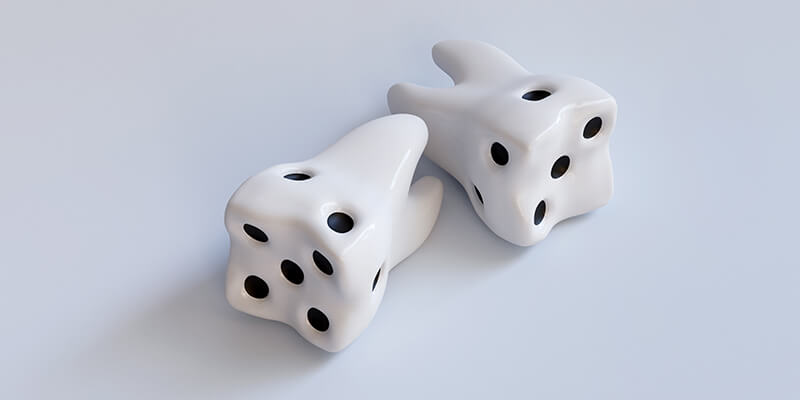
Infection Control
Intraoral cameras are used for patient education and case presentation, but have you thought of using one to reduce disease transmission? In the ongoing pandemic, dental practices are ever-evolving to find methods to reduce risk of infection for patients and staff. Offices have integrated new PPE, air purifiers and more — and intraoral cameras are a dual purpose tool in your safety protocol. Infection control is key in mitigating the risk of disease transmission in a time where disinfectant wipes are in scarce supply, often on backorder for weeks. The CDC Interim Guidance for risk mitigation during dental procedures as offices returned to practice, recommends implementing teledentistry as an alternative to in-office care when available. As we know there are great examples of use cases for teledentistry, and at times the patient must be seen within the dental practice.
The Dental Appointment
What happens when you hand the patient a hand mirror when discussing either a problem or concern? Yep, you guessed it! First thing they do is shove a finger in their mouth to discuss the area of concern, and then right back to holding the mirror with the saliva coated fingers. Those hands don’t get washed immediately and are touching door handles, transfer payment to staff members and touch multiple surfaced before exiting the building. The practice will spend more time and effort disinfecting high touch surfaces. Using an intraoral camera operated by the dental professional you are able to display images on the monitor, keeping the patient fingers out of their mouth and obtaining a larger than life image that remains part of the patient record. Engineering controls to reduce transmission risk may also include use of HVE, hand scaling and additional time between patients.
Reducing Risk
To reduce the risk of disease transmission throughout your office by patients is simple, implement an intraoral camera. Use of a barrier covered camera to obtain clear quality images of areas of concern keeps the patient fingers out. Using imaging techniques allows for an eye-to-eye conversation when the patient is upright in the dental chair and can see the image enlarged on the computer screen. The images allow for a better patient understanding of the oral condition rather than trying to see into the dark of a handheld mirror. Diagnosis, case presentation and infection control all rolled into one lightweight camera. Infection control methods may also include screening patient through a virtual platform, asking the diagnostic and exposure questions prior to the patient arriving can reduce risk of COVID exposure.
What Dentists Are Saying
At MouthWatch we receive feedback from users to better improve our products and service. Doctors are taking notice of a camera so affordable you can outfit every operatory:
“Although I have been using a more expensive intraoral camera, I haven’t been using it very much. I find that the MouthWatch is much easier to focus and capture a clear image, so I am more inclined to use it. With all of the COVID-19 precautions, I was concerned about handing patients a mirror to discuss their oral concerns. It is so instinctive for them to stick their finger in their mouth to point and retract as we are talking. It feels much safer to have the patient re-mask and then discuss the areas of concern while pointing to the images on the computer.”
Dental life has changed as a result of COVID, and patients are expecting to see dental offices take precautions. They see the additional PPE, forehead thermometers upon entering the practice and additional cleaning methods – expand the mitigation and patient education to include use of intraoral cameras!
